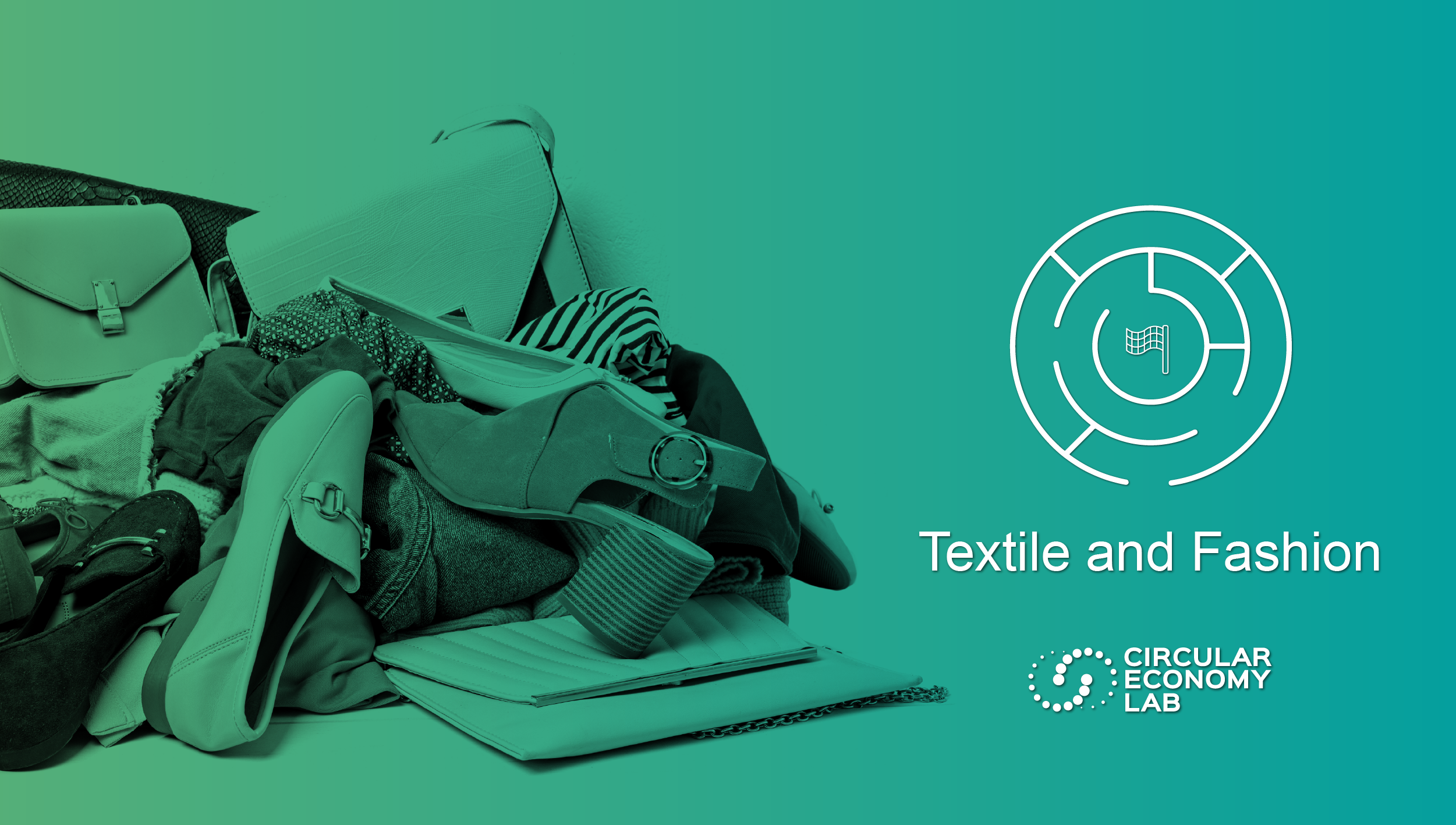
Circular economy in the textile, clothing and fashion industry
The new legislative, technological and market developments represent decisive challenges for the textile, clothing and fashion industry.
The circular economy represents a new economic paradigm able to decouple the development of businesses and territories from the exploitation of exhaustible natural resources, thereby contrasting the negative consequences of climate change and stimulating the transformation of business strategies towards competitiveness and resilience.
In the textile clothing and fashion sector, this can be translated into a new way of conceiving industrial processes and products, based on systemic thinking and redesign, and into the implementation of new business models along the entire supply chain, untethered from the logic rooted in the fast fashion of 'disposable'.
Upstream in the supply chain, the design and raw material selection phase is crucial to define the product life cycle, as it defines its characteristics of quality, durability and reparability, impacting opportunities for reuse, resale and post-consumer recycling.
In the distribution phase, circular sales models such as the rental and sale of used clothes, could reduce the purchase, and thus the production, of new clothes. These models could be economically advantageous for both consumers and companies, which are able to seize new opportunities and market shares in continuous expansion. In addition, it is important for companies to set up efficient logistics and distribution services. To support these models, it is necessary to develop material and product traceability systems to ensure transparency throughout the supply chain.
Finally, in the end-of-life phase, efficient collection, sorting and selection processes are crucial to ensure greater reuse or recycling of textiles. Scraps and leftovers can in this way be reintroduced into new production cycles, replacing virgin materials and avoiding incineration or landfill. National and European directives are putting a lot of emphasis on this aspect; for companies this represents a strong incentive, as they are pushed to find solutions that keep them abreast of legislative developments and at the same time competitive on the market. As textiles are increasingly made up of mixed materials, separation techniques and technologies that allow the content of textiles to be tracked allow for better waste management. This relates to the need for careful planning at the design stage: the materials used must not be polluted by other materials and chemicals that cannot be separated at the end of their life.